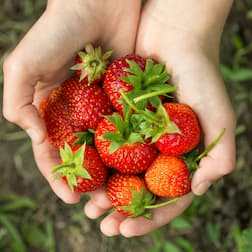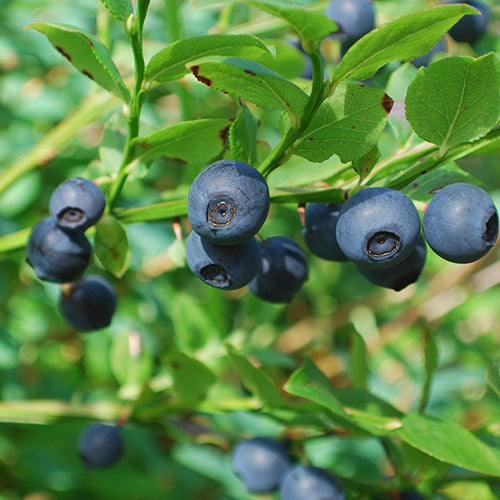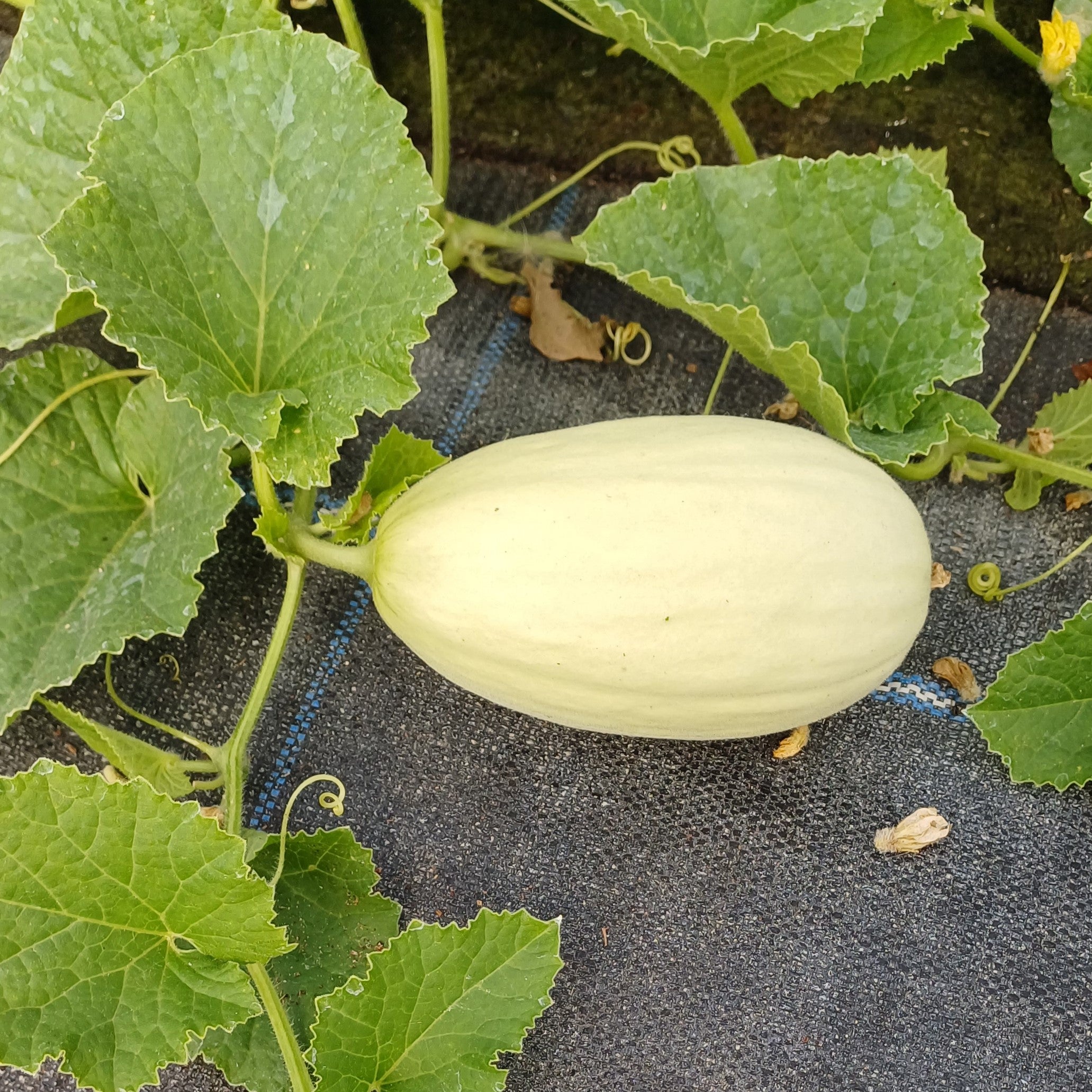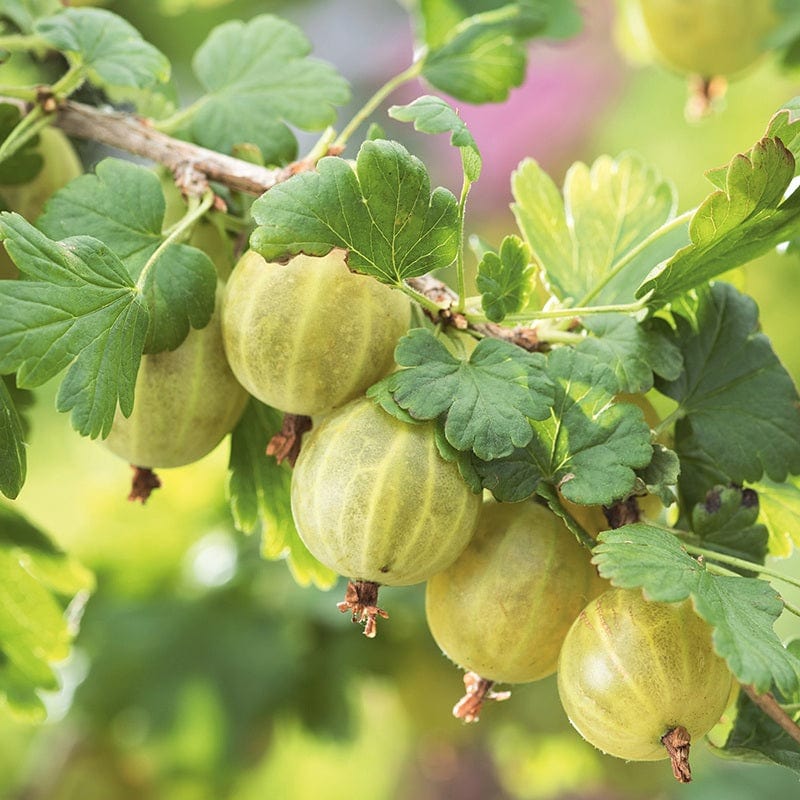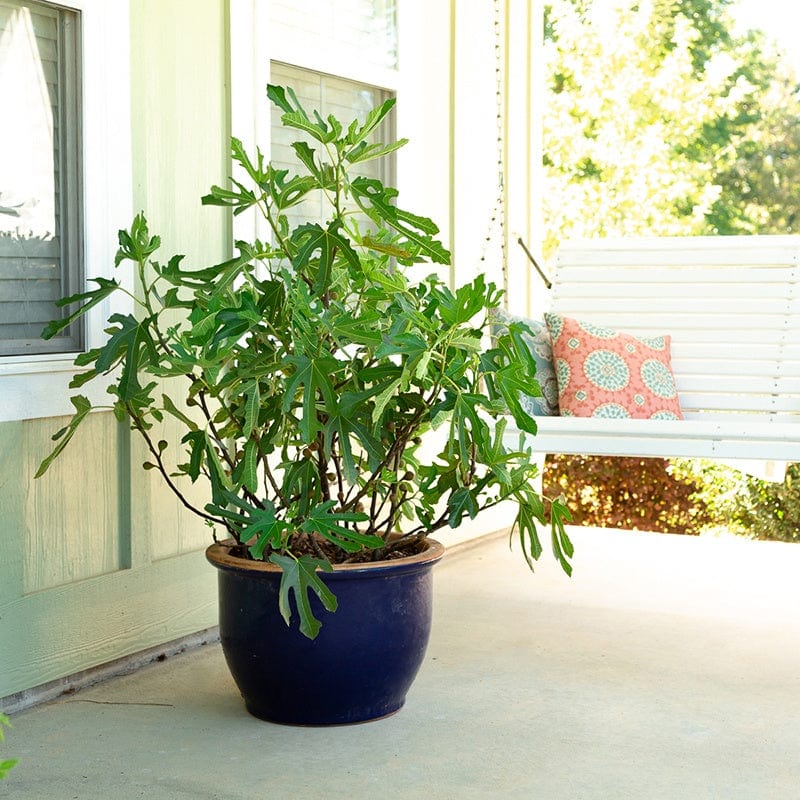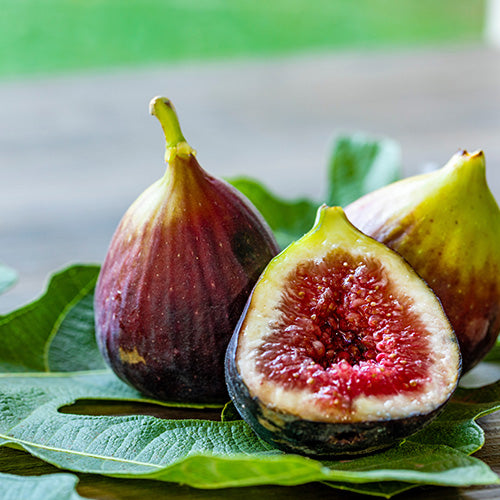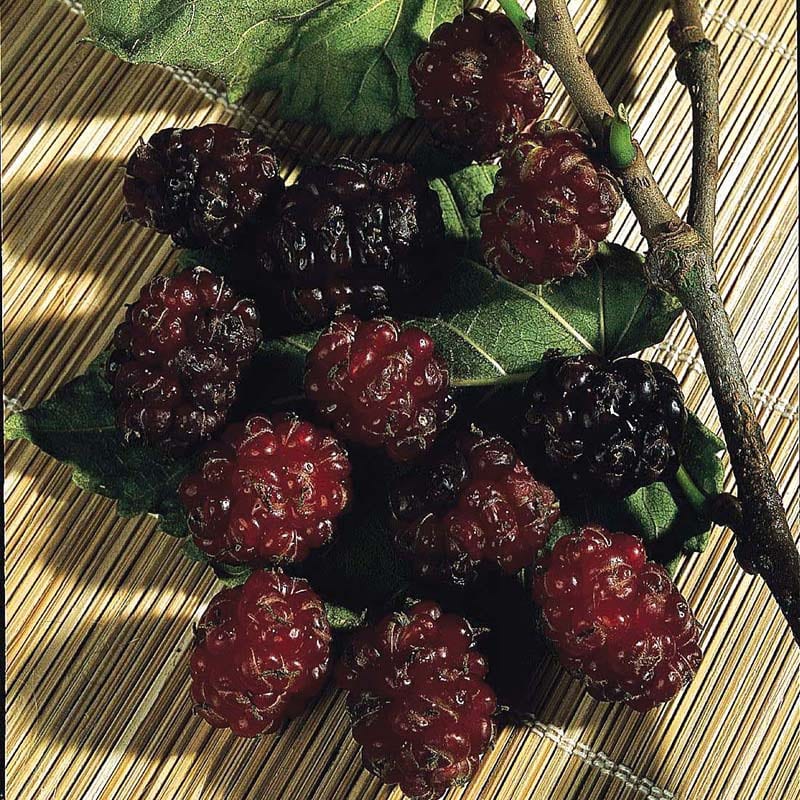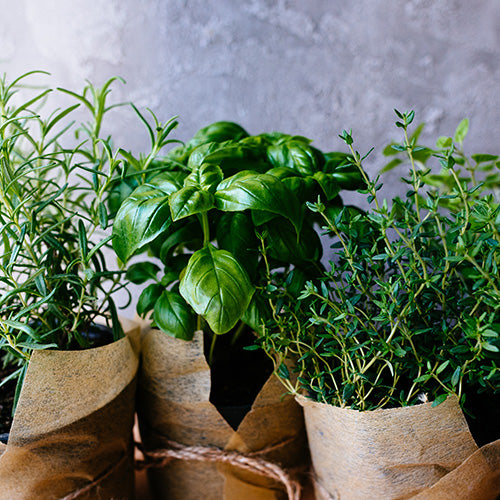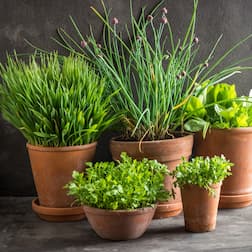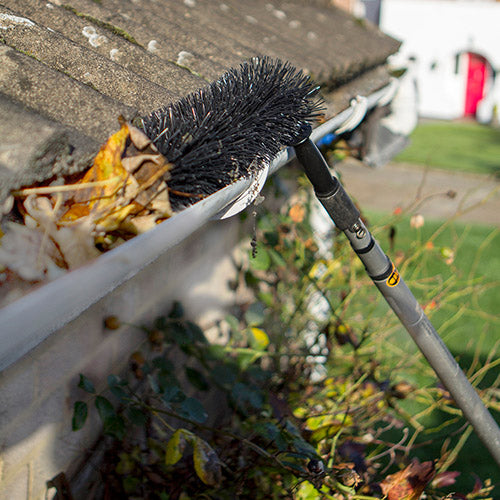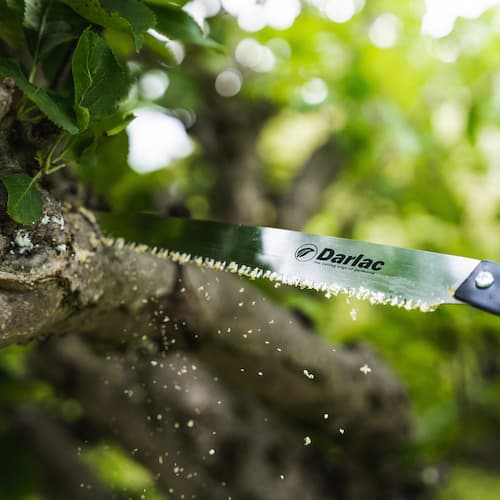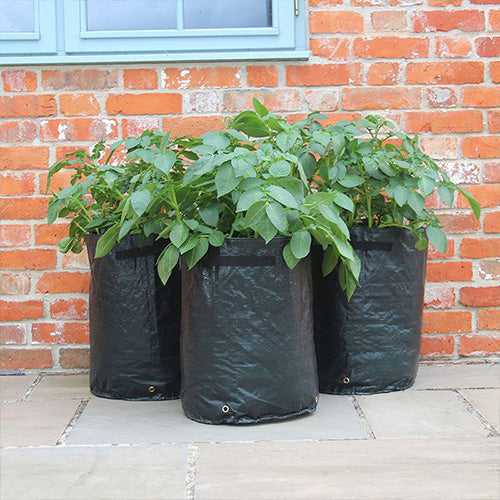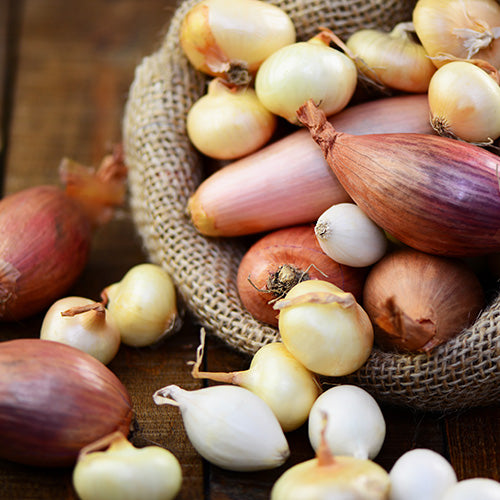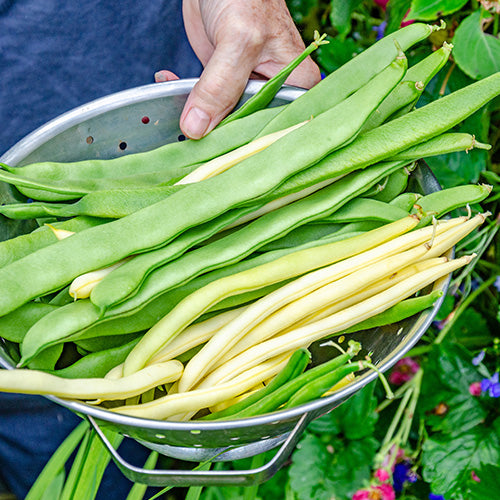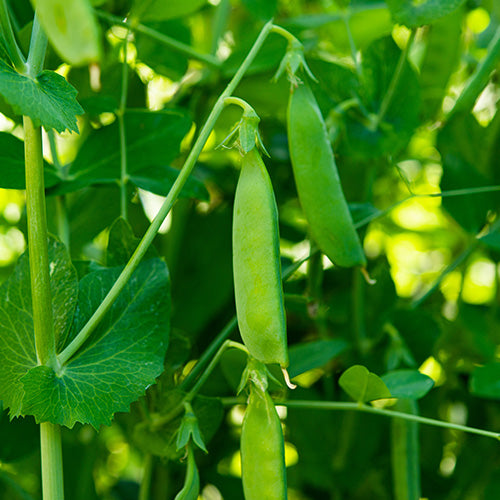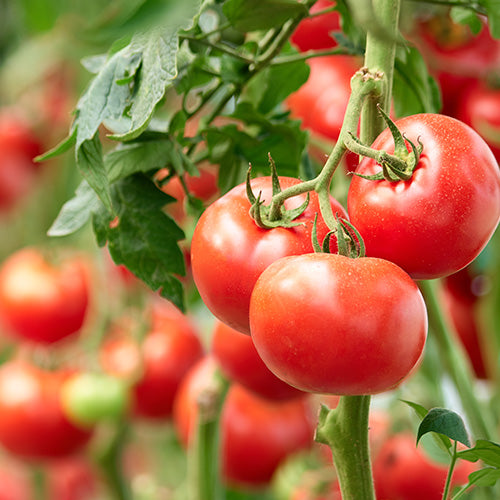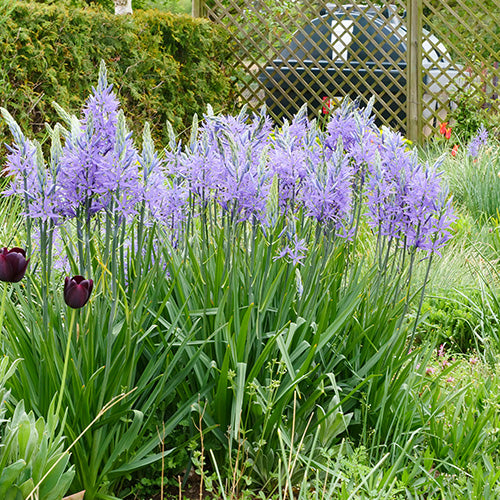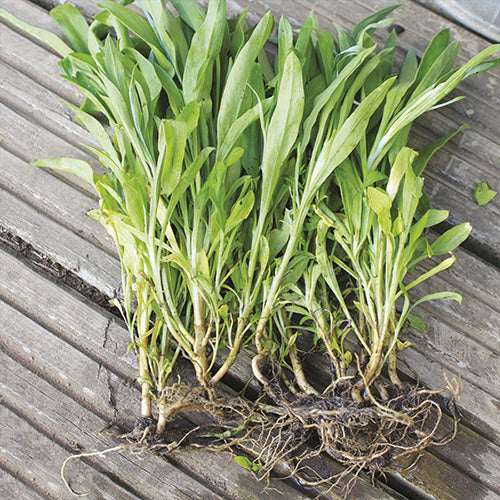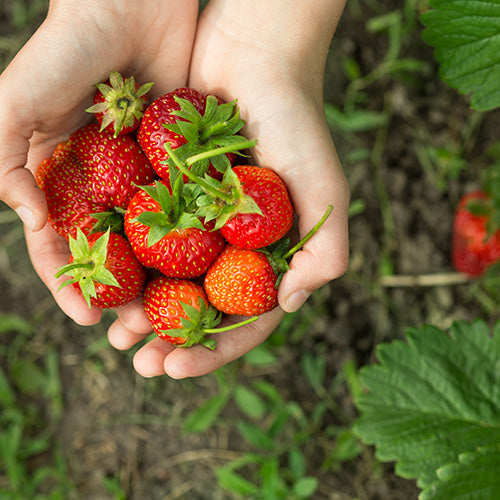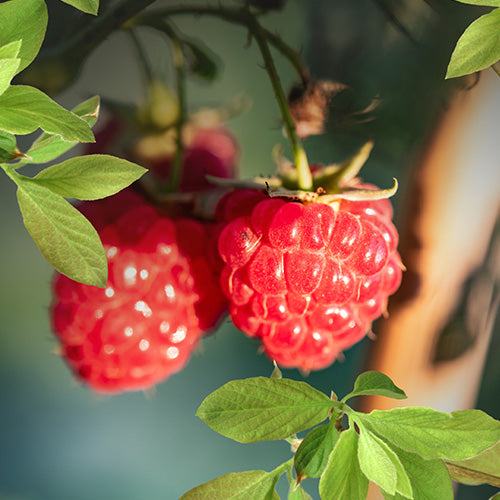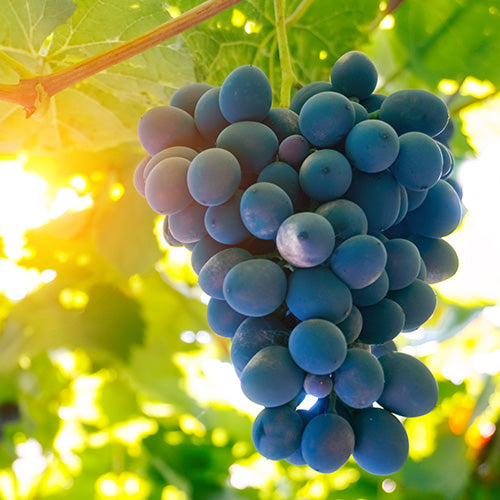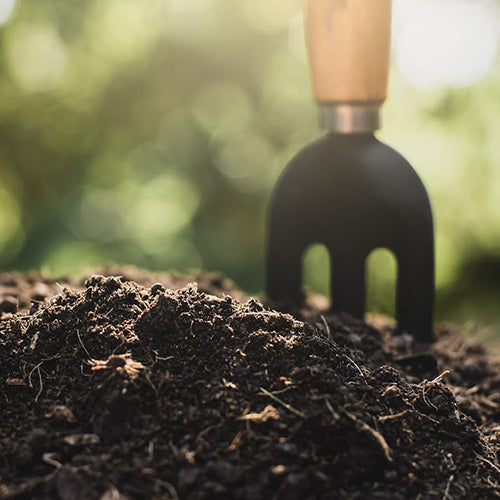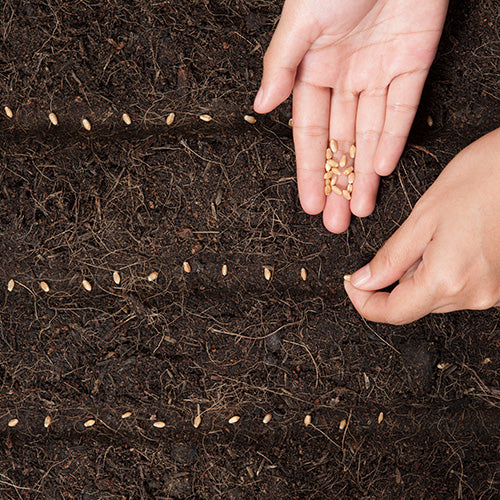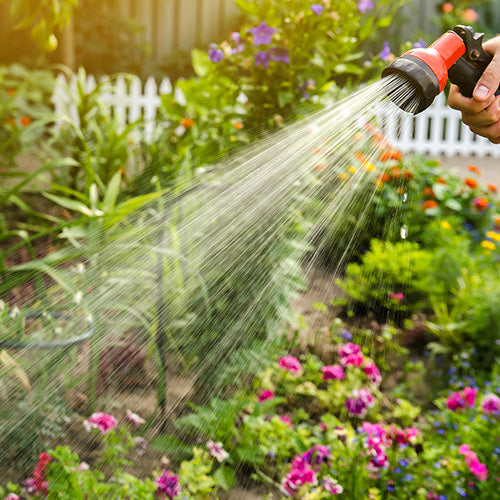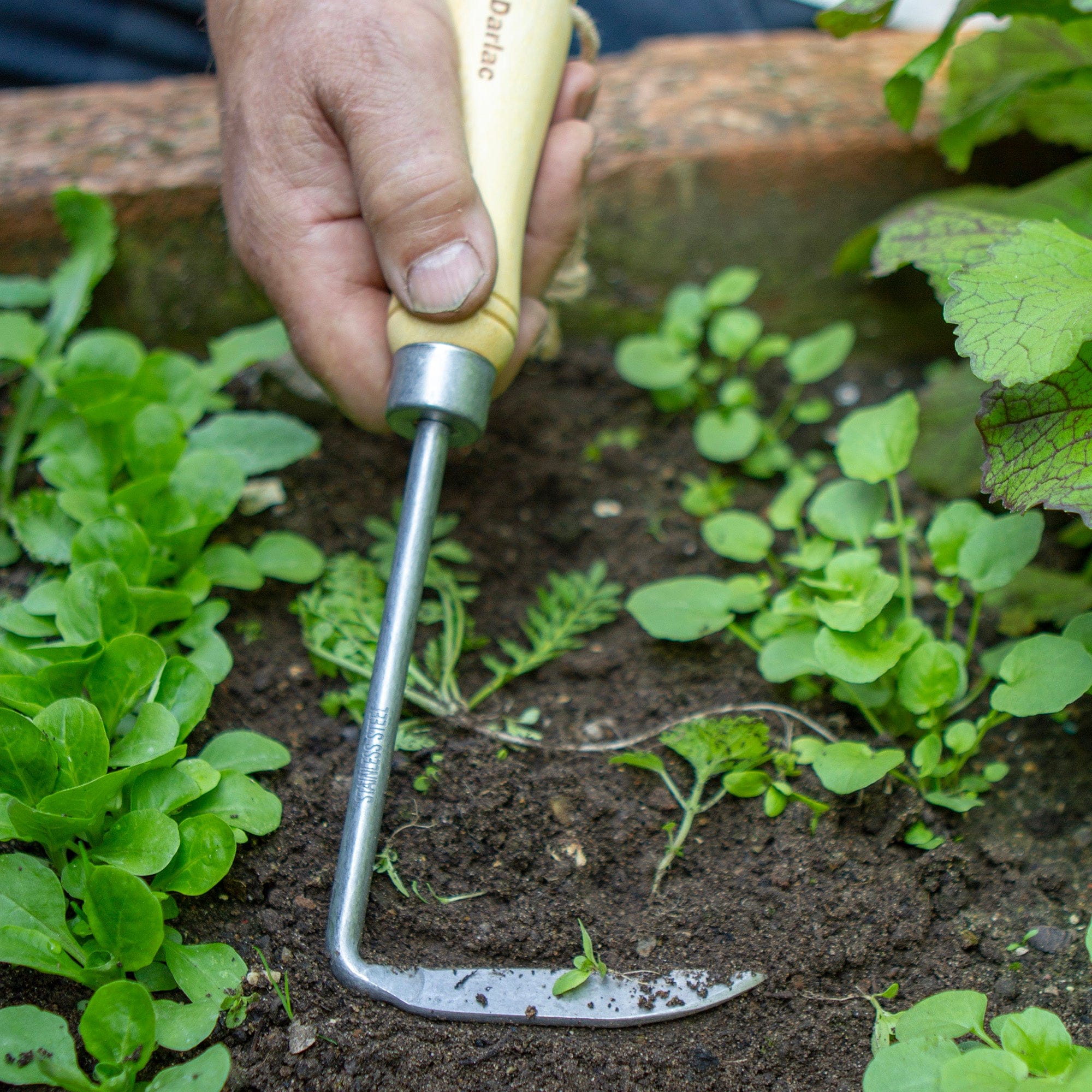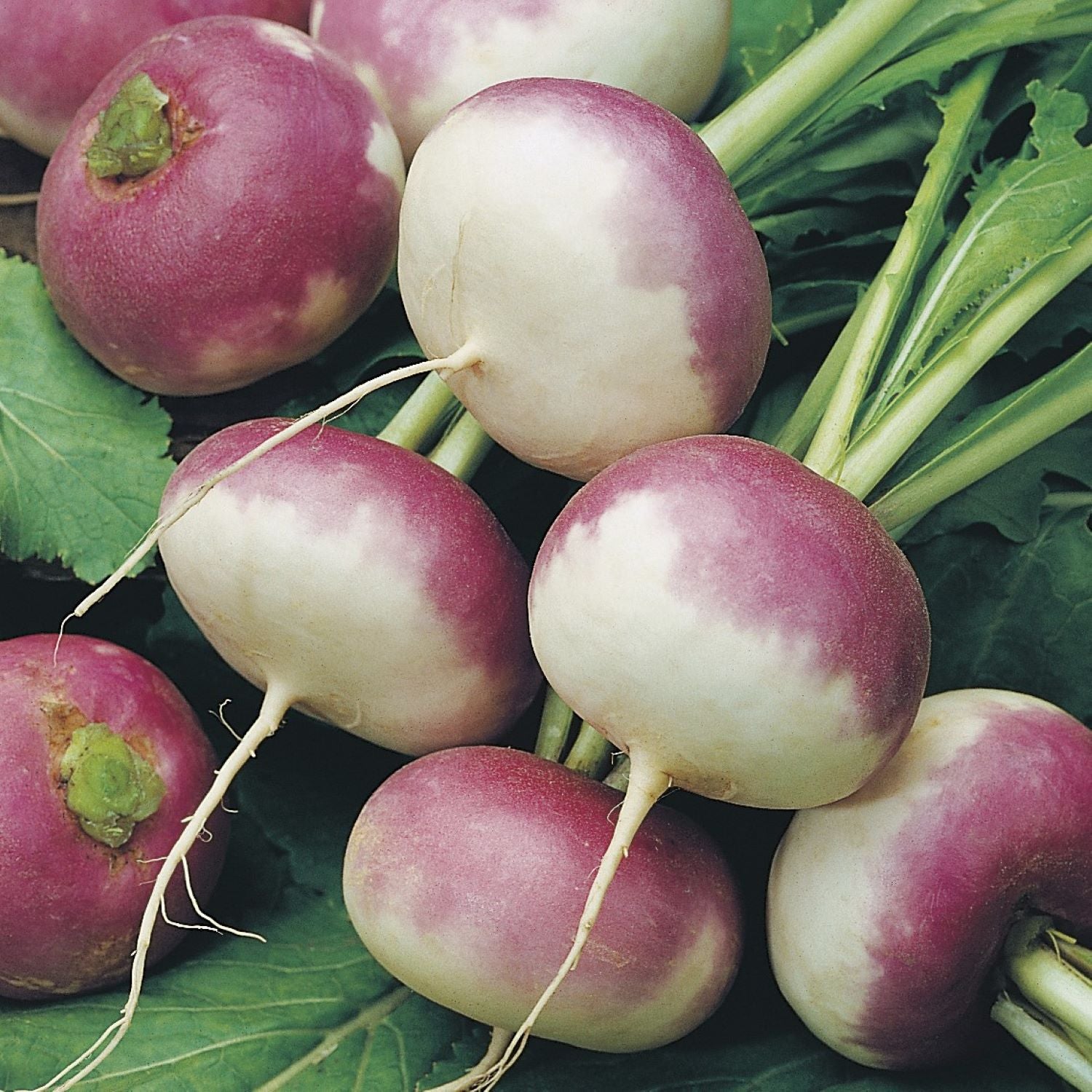
Turnip Seeds
A member of the brassica family turnips are a versatile root vegetable with modern varieties in white red yellow and purple/white to name a few. They provide colour to side dishes and winter salads. Turnips can be cooked in any way a potato can - and even used raw as julienne strips with dips.
It’s worth noting that swedes (the larger orange/purple root veg) are also called turnips in Northern England the Midlands the South West and Ireland so it’s best to be really clear about what you want to use them for. These turnips are smaller smoother with white or brightly coloured skin.
Modern F1 varieties are sweet and juicy with none of the bitterness or fibrous quality previously associated with turnips. Turnips are widely grown on the continent for their leaves (turnip tops) providing an easy supply of greens for the kitchen in early spring when other crops are hard to come by.


